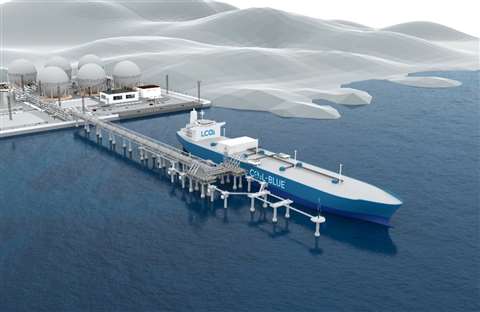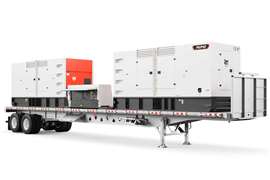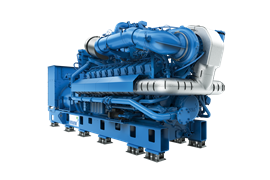Carrier design for liquefied CO2 wins approval
17 May 2022
Carriers designed to transport LCO2 to storage sites, facilities for use
Classification Society ClassNK has issued an Approval in Principle (AiP) for liquefied CO2 (LCO2) carriers developed by Mitsubishi Shipbuilding Co., Ltd., a part of Mitsubishi Heavy Industries (MHI) Group and Nippon Yusen Kabushiki Kaisha (NYK Line).
Carbon dioxide capture, utilization, and storage (CCUS) is attracting global attention as an effective means for realizing a carbon-neutral society. It is a process that captures CO2 released from thermal power plants, factories, etc. and either uses it as resources or stores it in a stable underground geological formation.
LCO2 carriers will play a vital role in the CCUS value chain by transporting LCO2 to storage sites and facilities for utilization. In order to support the construction of the value chain, ClassNK provides technical verification on the sea transportation of LCO2, which is expected to be used worldwide.
 ClassNK issues Approval in Principle (AiP) for large liquefied CO2 (LCO2) carrier developed by Mitsubishi Shipbuilding and NYK Line. (Image: ClassNK)
ClassNK issues Approval in Principle (AiP) for large liquefied CO2 (LCO2) carrier developed by Mitsubishi Shipbuilding and NYK Line. (Image: ClassNK)
ClassNK carried out the design review of the LCO2 carriers developed by Mitsubishi Shipbuilding and NYK Line based on its Part N of Rules for the Survey and Construction of Steel Ships incorporating the IGC Code. Upon confirming the conformity to the rules regarding the design for each cargo tank system and hull design etc., taking into account different tank pressure settings for medium and large scale vessels, ClassNK issued the AiP for both scales.
ClassNK will actively continue to take part in advanced initiatives toward decarbonization and also support decarbonization of the entire maritime industry by incorporating the knowledge gained through collaboration with front runners into rules and guidelines.
POWER SOURCING GUIDE
The trusted reference and buyer’s guide for 83 years
The original “desktop search engine,” guiding nearly 10,000 users in more than 90 countries it is the primary reference for specifications and details on all the components that go into engine systems.
Visit Now
STAY CONNECTED




Receive the information you need when you need it through our world-leading magazines, newsletters and daily briefings.
CONNECT WITH THE TEAM













